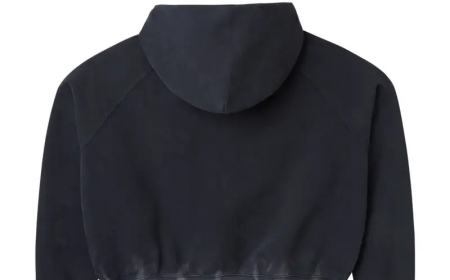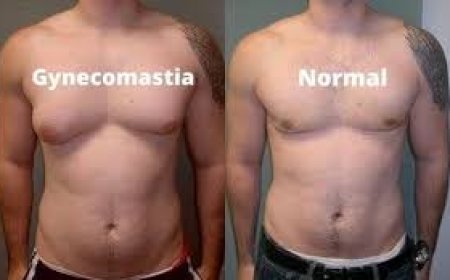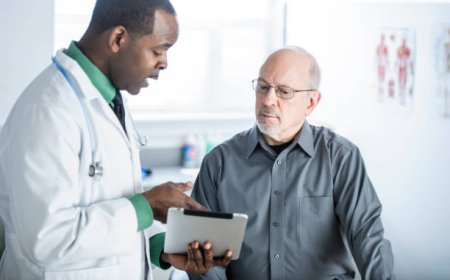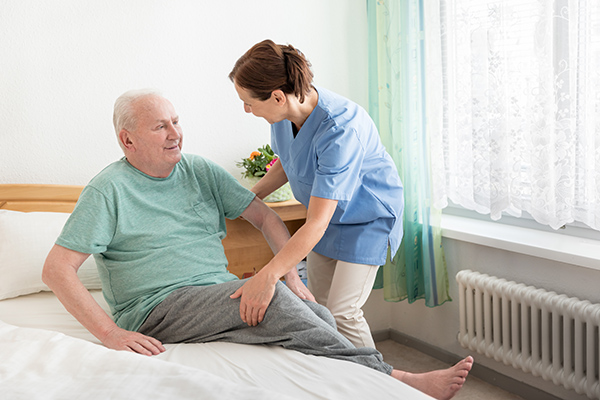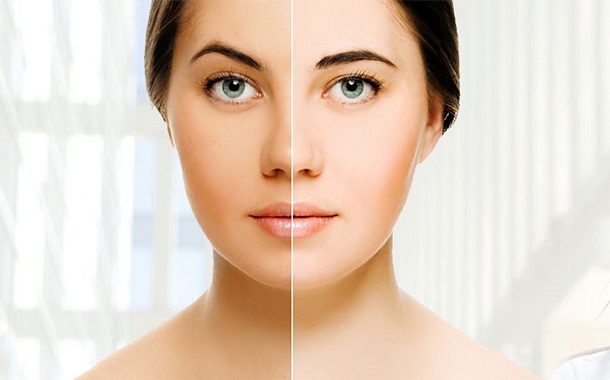Common Side Effects of PRP Therapy and How to Avoid Them
Discover the best PRP in Islamabad for hair restoration and skin rejuvenation. Safe, non-surgical treatment with natural results by experts.

Platelet-Rich Plasma (PRP) therapy has become one of the most sought-after treatments in aesthetic medicine. Whether you're opting for PRP to restore thinning hair, rejuvenate dull skin, or treat under-eye circles, the procedure is widely recognized for its natural, non-surgical approach and minimal downtime. However, like any medical treatment, PRP does come with certain side effects, most of which are mild and temporary. If youre considering theBest PRP in Islamabad, its essential to be informed about what to expect and how to minimize any discomfort or risks involved.
What is PRP Therapy?
PRP therapy involves drawing a small sample of your blood, processing it in a centrifuge to extract platelet-rich plasma, and re-injecting that plasma into targeted areas such as the scalp, face, or under-eyes. The platelets are packed with growth factors that accelerate tissue repair, promote collagen production, and stimulate hair follicle activity.
Because PRP uses your own biological material, the risk of allergic reaction or serious complications is extremely low. However, side effects can occurespecially if the treatment is performed by an untrained provider or if proper aftercare isnt followed.
Most Common Side Effects of PRP Therapy
1. Swelling and Redness
Mild swelling and redness are normal responses to PRP injections and typically appear within the first few hours after treatment.
Why it happens:
Injection stimulates tissue activity and brings blood to the surface as part of the healing process.
How to avoid/manage:
-
Apply a cold compress gently (avoid ice directly on skin).
-
Sleep with your head elevated to reduce fluid accumulation.
-
Avoid heavy makeup or heat exposure for the first 24 hours.
2. Bruising
Some people experience mild to moderate bruising at the injection site, especially in delicate areas like under the eyes or scalp.
Why it happens:
Tiny blood vessels may be punctured during the injection, causing localized discoloration.
How to avoid/manage:
-
Avoid blood-thinning medications like aspirin and ibuprofen 35 days before the procedure (only under doctors guidance).
-
Refrain from alcohol consumption before and after treatment.
-
Use Arnica gel or oral supplements to reduce bruising.
3. Tenderness or Discomfort
After PRP treatment, you might feel slight soreness or tenderness in the treated area for 13 days.
Why it happens:
Your body is responding to the plasma and starting its natural healing process.
How to avoid/manage:
-
Use a gentle cleanser and cool water for face treatments.
-
Take Tylenol (Paracetamol) for mild painavoid NSAIDs unless advised by your provider.
-
Avoid strenuous activities or touching the area excessively for 24 hours.
4. Itching or Dryness
Especially after PRP facial treatments or microneedling, some people report itchiness or flaking skin during the healing phase.
Why it happens:
Your skin is undergoing rapid regeneration, and dryness can occur as dead skin cells shed.
How to avoid/manage:
-
Moisturize with a non-comedogenic, fragrance-free cream.
-
Do not scratch or peel the skin.
-
Avoid chemical exfoliants or scrubs for at least 7 days.
5. Headache (After Scalp Injections)
A mild headache can occur in some individuals following PRP for hair loss, especially if the injections were deep.
Why it happens:
Tightness in the scalp or pressure from multiple injections may cause temporary discomfort.
How to avoid/manage:
-
Stay hydrated and rest after treatment.
-
Take acetaminophen (paracetamol) if needed.
-
Avoid excessive sun exposure or hats for the first 24 hours.
Rare But Possible Side Effects
Though uncommon, these side effects may occur if the treatment is done incorrectly or if post-care is ignored:
? Infection
Occurs when sterile protocols arent followed.
Prevention: Choose a certified clinic with experienced professionals.
? Allergic Reaction or Rash
Extremely rare, especially since PRP is autologous (from your own blood).
Prevention: Disclose any skin sensitivities or allergic conditions during your consultation.
? Lumps or Nodules
These can occur if the PRP isn't injected evenly or is placed too superficially.
Prevention: Always ensure your treatment is performed by a trained, certified dermatologist or cosmetic practitioner.
Best Practices to Avoid PRP Side Effects
To minimize side effects and ensure a smooth recovery:
? Choose a Qualified Clinic
The skill of your practitioner greatly affects your experience and outcome. Choose a clinic known for safety, hygiene, and proven results.
? Follow Pre-Treatment Instructions
-
Avoid alcohol and smoking 48 hours before your session
-
Discontinue blood-thinning supplements (with medical guidance)
-
Eat a healthy meal before your appointment
? Adhere to Aftercare Guidelines
-
Dont touch, rub, or massage the treated area
-
Avoid exercise, saunas, or steam for at least 2448 hours
-
Use only gentle, doctor-recommended skincare products
? Stay Hydrated
Drinking plenty of water before and after your treatment helps improve plasma quality and recovery.
Conclusion: PRP is SafeIf Done Right
While PRP therapy is considered one of the safest regenerative treatments available, understanding and managing potential side effects is crucial for a comfortable and successful outcome. Most side effects are minor, temporary, and easily manageable with proper aftercare.
To minimize your risk and maximize your results, choose a reputable aesthetic clinic. The SKN Cosmetics Clinic in Islamabad is a trusted name for PRP therapy, offering professional consultations, sterile procedures, and expert aftercare support. Whether you're seeking PRP for skin rejuvenation or hair loss, SKN ensures that your experience is safe, effective, and tailored to your unique needs.


















